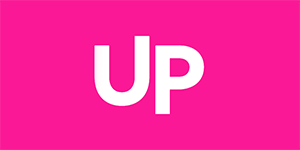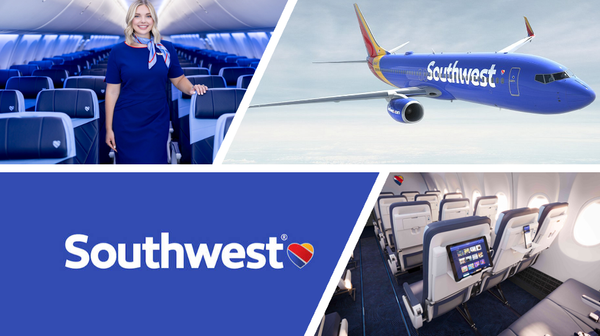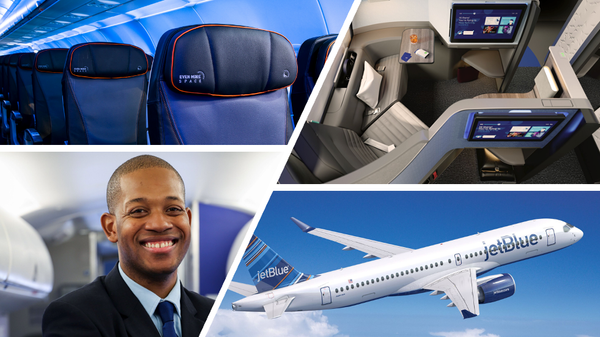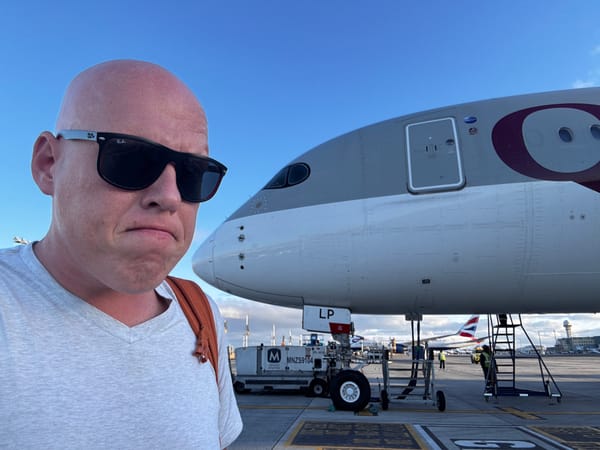Why Your Business Class Upgrade is Costing You More Than You Think
Many travelers impulsively upgrade to business class using points and cash, unknowingly sacrificing significant value. We uncover the hidden costs behind these upgrades, explores the psychological traps airlines set, and shows how strategic travelers maximize points for luxury experiences.
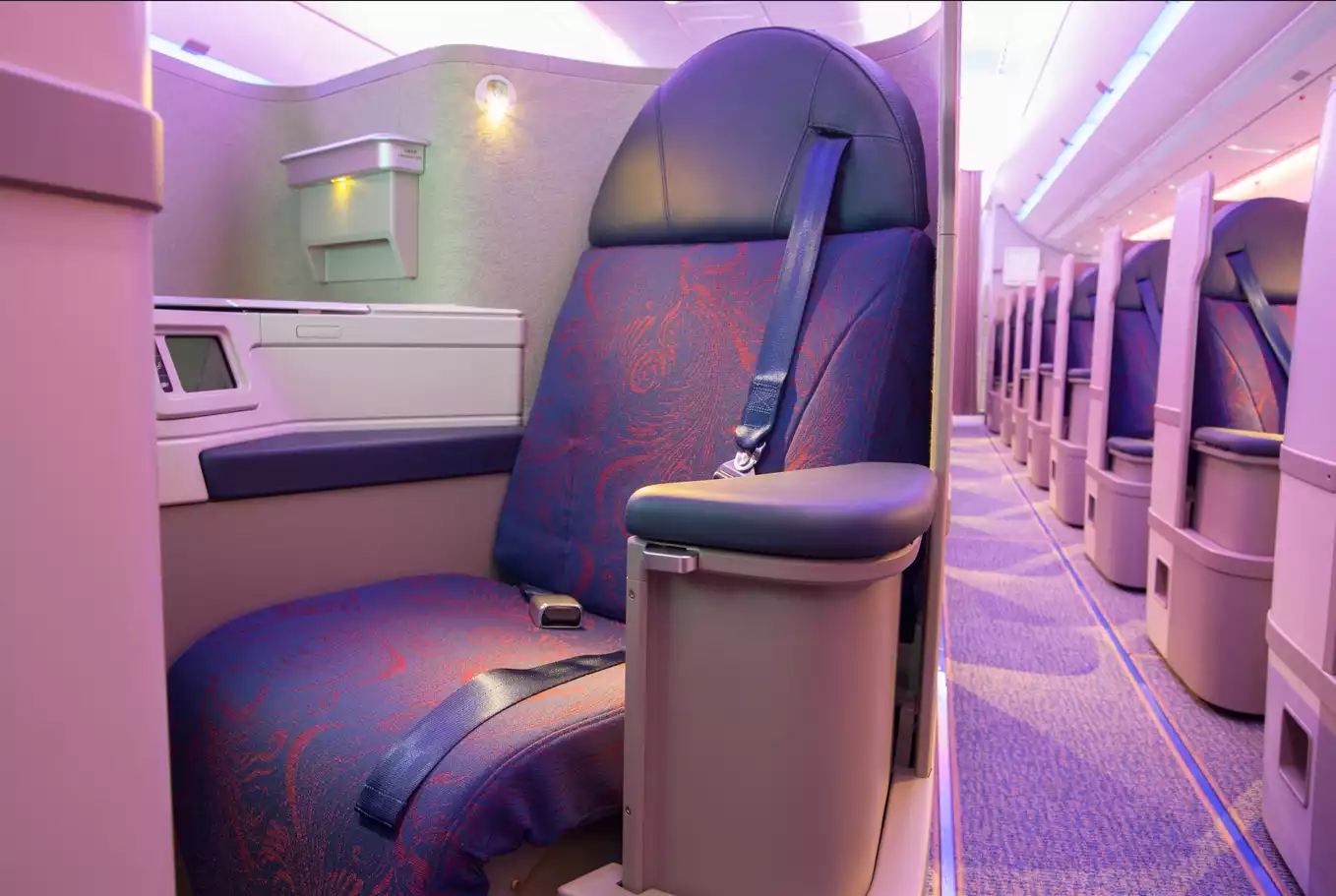

Introduction: The Upgrade Mirage

You’re booking a flight after a grueling week. You're staring at your computer screen when you notice the enticing offer: “Upgrade to Business Class for just 20,000 points and $200.” Without much hesitation, you click confirm. After all, you deserve it, right?
But here’s the catch. That upgrade might be quietly draining thousands of dollars in potential value from your hard-earned points. While it feels like a win—stretching out in a bigger seat, sipping champagne—the truth is, many travelers unknowingly trade away far more than they gain.
The Psychology Behind Upgrades
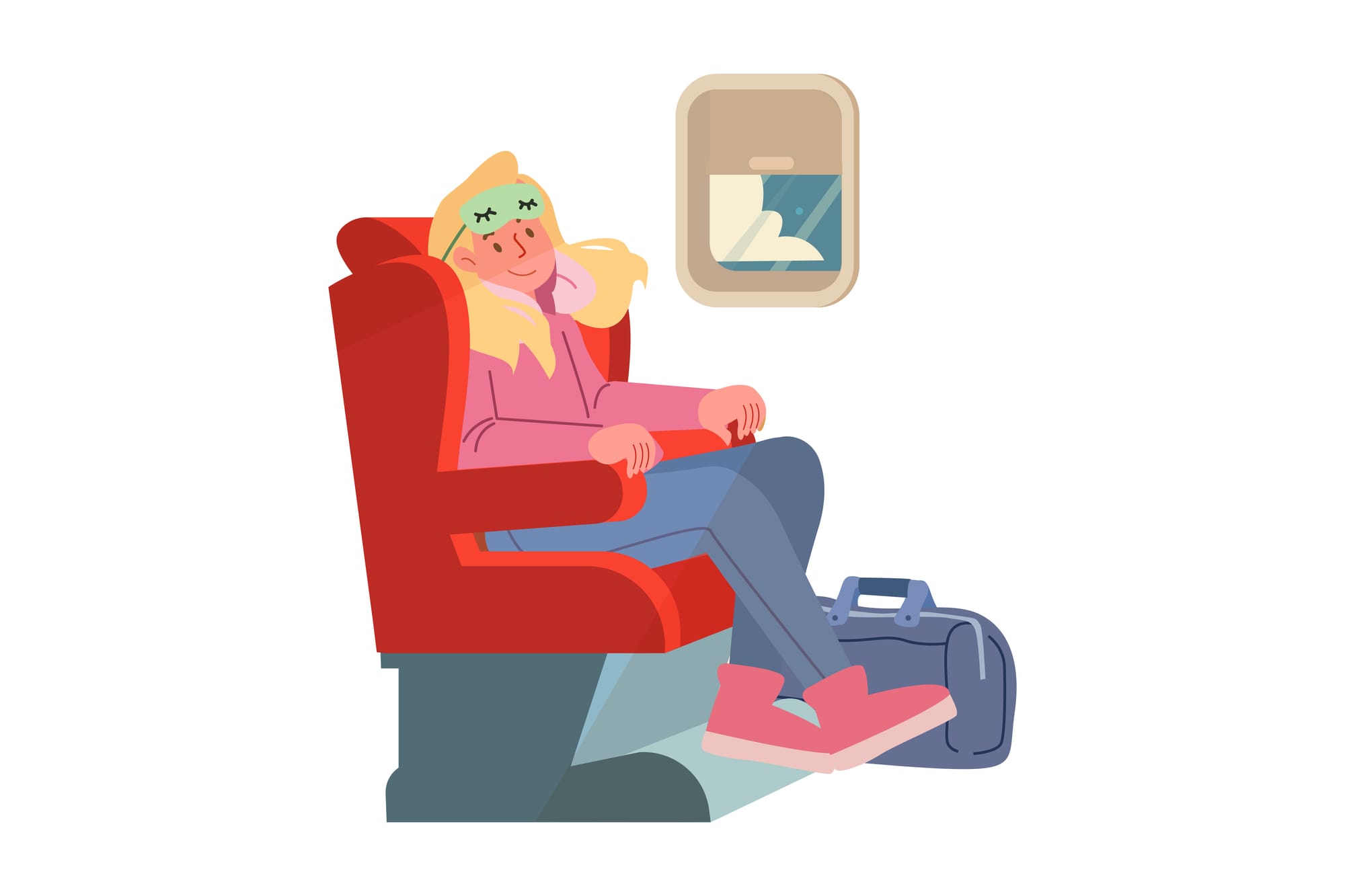
Airlines are masters of psychology. They’ve honed their craft for decades, and upgrades are one of their favorite tools.
Anchoring Bias: Airlines love to show you a retail price of $1,000 or more for that business class seat. Now, when they offer an upgrade for "just 20,000 points and $200," it feels like a steal. You’ve been anchored to the $1,000 price.
Scarcity & FOMO: "Only 3 seats left!" is a classic tactic to pressure you into acting fast. It taps into your fear of missing out, clouding rational judgment.
Sunk Cost Fallacy: You’ve already paid for the flight, so tossing in a bit more cash and points feels minor. But it's a slippery slope—you’re compounding costs without measuring true value.
A recent survey found that 63% of business travelers admitted to upgrading impulsively, without crunching the numbers. Airlines know you’re tired, stressed, and eager for comfort—and they capitalize on it.
The Math Airlines Don’t Want You to Do

Let’s break this down with cold, hard numbers.
Points Valuation 101:
Most loyalty programs peg their point values at around 1 cent per point (CPP) when it comes to upgrades. So, if you’re spending 20,000 points, that’s roughly $200 worth. Combine that with a $200 copay, and you’ve just "paid" $400 total for the upgrade.
But savvy travelers know how to squeeze far more out of their points.
Example:
- 20,000 points could be used toward a long-haul business class flight that might retail for $2,500. Through smart redemptions (e.g., airline transfer partners), you could easily achieve 4 to 6 cents per point, making those 20,000 points worth $800 to $1,200 in value.
Copays & Hidden Fees:
- Some upgrades don’t include lounge access, extra baggage, or priority boarding.
- Upgrades can also incur additional taxes and fees that erode the perceived savings.
Opportunity Cost:
- Every point you burn on a low-value upgrade is a point you can’t invest in a high-value full award ticket. The difference compounds over time, potentially costing you thousands.
Case Study - Two Travelers, Two Outcomes

Traveler A: Let’s call them Alex. Alex upgrades every short-haul flight impulsively. Over the course of a year, Alex flies 10 times and upgrades on each one for 20,000 points + $200.
- Total spent: 200,000 points + $2,000
- Total "retail value" received: Approximately $5,000 worth of short-haul upgrades.
Traveler B: Meet Brooke. Brooke banks points and looks for high-value redemptions. She avoids short-haul upgrades and focuses on aspirational travel.
- Brooke redeems 120,000 points for a round-trip business class seat from New York to Tokyo through a transfer partner. Retail value: $7,000+.
- Brooke still has 80,000 points left to use on a domestic economy ticket or a hotel stay.
Outcome:
- Alex burned more points and cash for less overall value.
- Brooke used fewer points and no cash copay to unlock a significantly better experience.
The kicker? Alex spent an extra $2,000 in upgrade fees alone.
Exceptions to the Rule (When It Can Make Sense)

While we’re advocating for smarter upgrades, there are situations where upgrading on the spot can make sense.
- Last-Minute Deals: Sometimes, airlines offer cheap upgrades within 24 hours of departure, with no or minimal copay.
- Elite Status Discounts: Frequent flyers with elite status may get discounted or waived upgrade fees.
- Personal Priorities: If you have a crucial business meeting right after landing or value rest above all else, a short-haul upgrade might be worth the trade.
- Unique Sweet Spots: Programs like ANA or Emirates occasionally have quirky upgrade opportunities that do yield good value.
The key is knowing when these exceptions apply—and acting strategically.
How to Think Like an Award Travel Pro

Award travel pros don’t act on impulse; they treat their points like investments.
1. Always Calculate CPP Before Upgrading:
- Aim for at least 2 cents per point, but savvy travelers shoot for 4-6+ cents by leveraging sweet spots.
2. Use the Right Tools:
- UpNonStop’s tools help you compare redemption values fast.
- Transfer partner calculators can unlock hidden gems.
3. Focus on Premium Cabin Awards:
- Save points for international business or first-class awards, where point values skyrocket.
4. Learn Airline Alliances:
- Booking Lufthansa business class via Aeroplan or Turkish Airlines via United MileagePlus can slash point costs dramatically.
5. Earn While You Burn:
- Pay cash for short-haul flights to earn points, while reserving redemptions for long-haul luxury.
Conclusion: Upgrade Smarter, Fly Farther

Upgrades aren’t inherently bad—but they require discipline. Don’t let airlines anchor your decision-making or prey on your FOMO.
Points are an asset. When used wisely, they unlock aspirational trips, luxurious cabins, and world-class experiences.
So next time you’re tempted by that $200 upgrade for 20,000 points, pause. Crunch the numbers. Think long-term.
Your future self, sipping champagne at 35,000 feet on a transcontinental flatbed seat, will thank you.
Want a second opinion on your next redemption? UpNonStop offers award travel audits and personalized strategies. Let’s make your points work harder: welcome@upnonstop.com
